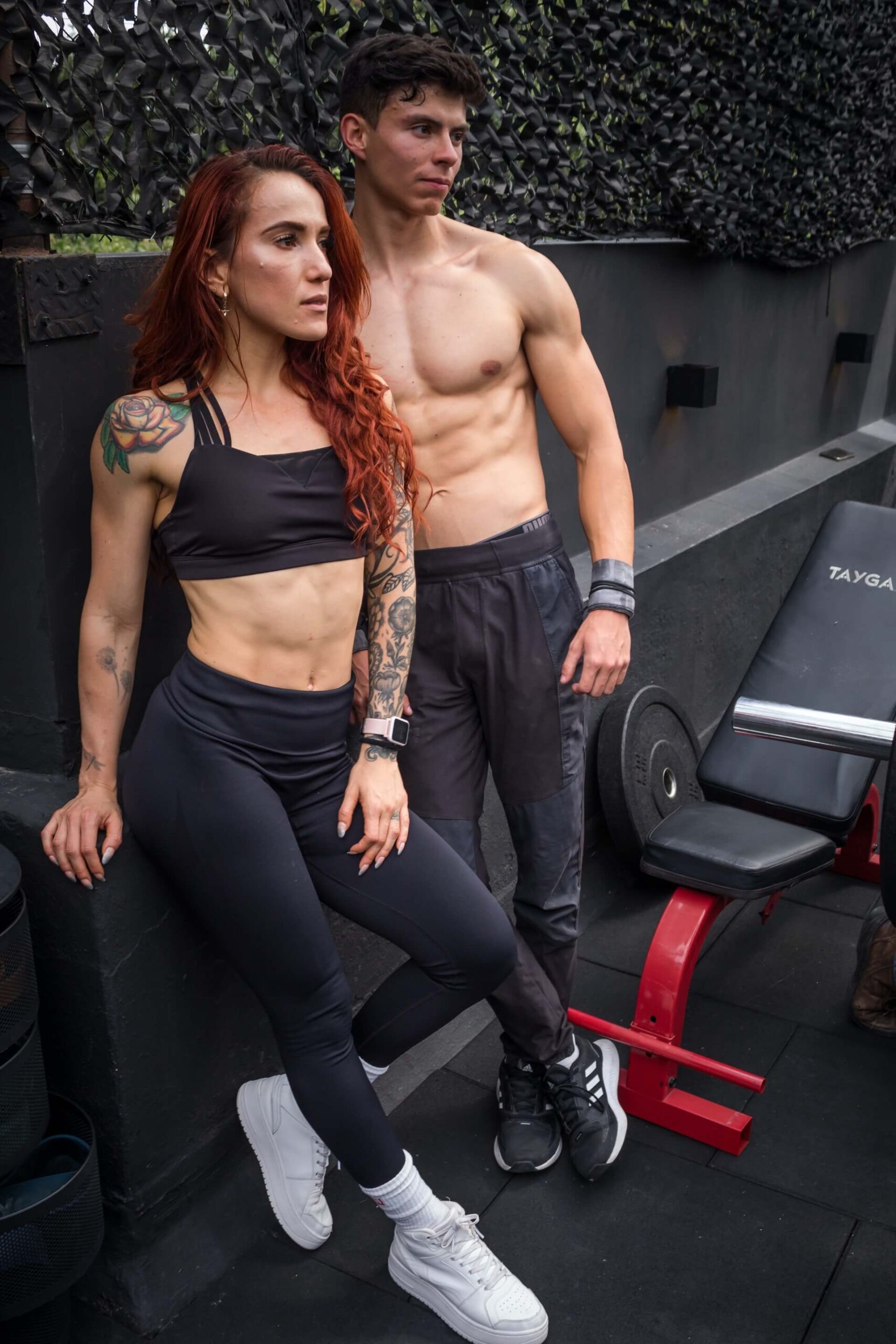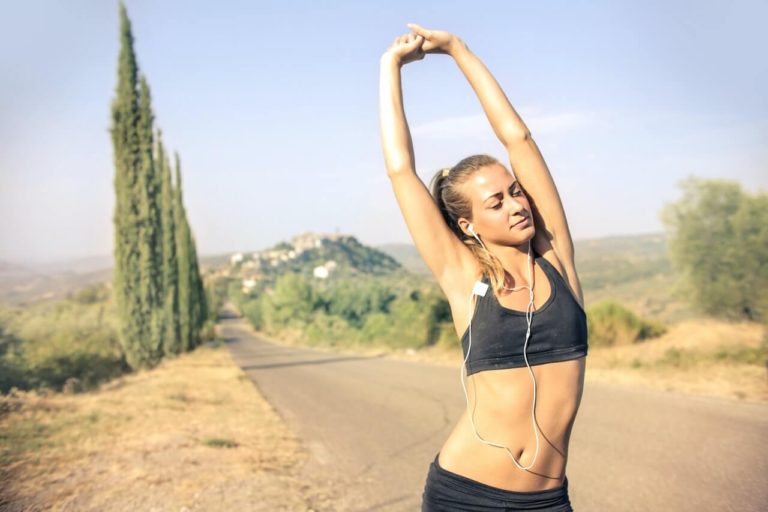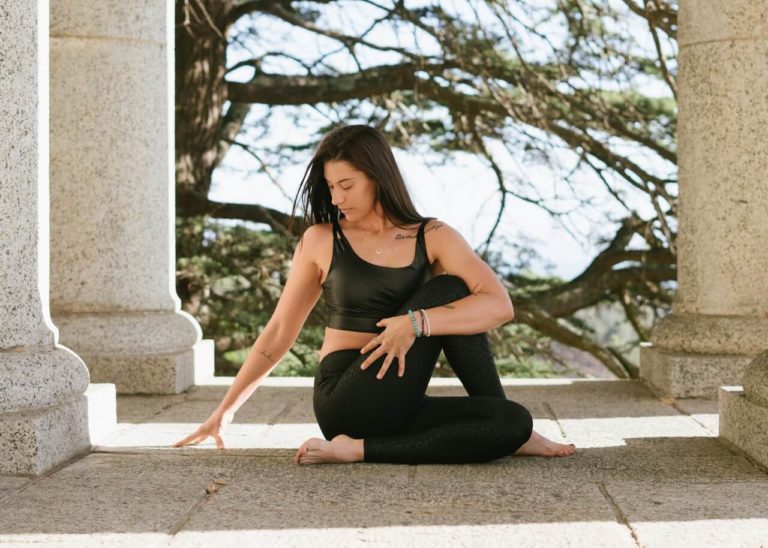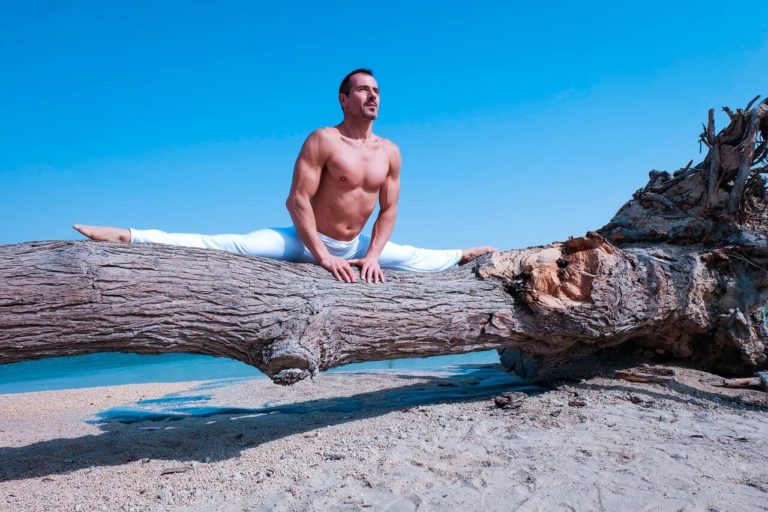Effective Tips on Doing Gymnastics Exercises at Home
Gymnastics exercises can be a great way to stay fit and healthy, even when you’re stuck at home.
With the right equipment, you can easily set up a home gym and get started on your gymnastics journey. But before you begin, it’s important to understand how to do the exercises correctly and safely.
In this blog post, we’ll discuss some effective tips for doing gymnastics exercises at home. You’ll learn how to choose the right equipment, warm up properly and perform the exercises with proper form. You will be able to get the most out of your home gymnastics workouts if you keep these tips in mind.
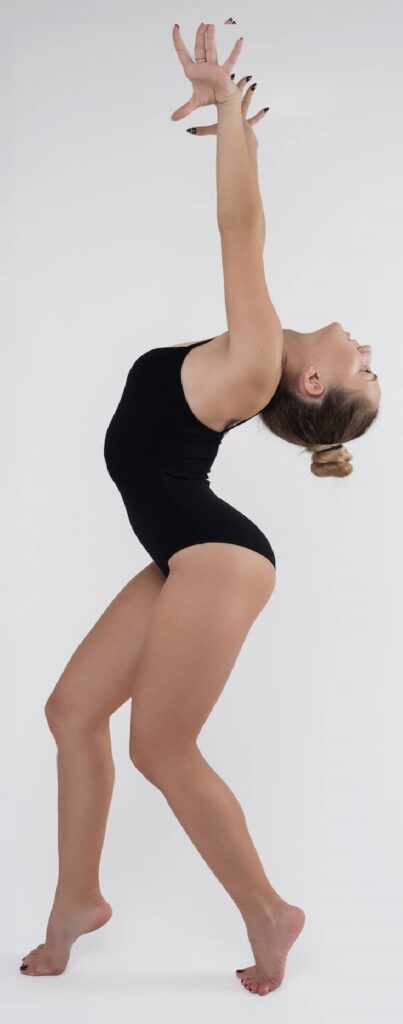
Become a gymnast at home
Here are some tips you should know for gymnastics conditioning and safety while training at home:
1. Create a training schedule
Make a training schedule so that you can practice on a regular basis. If you’re just starting out or are young (5 or 6 years old), practice for 4-5 hours per week. Boost your time to 10 hours each week, spread over 3-4 days, as you progress and become more serious. If you intend to compete, slowly raise your training time to 15 hours per week over the course of 4-5 days.
Take a day off if you are tired and notice your results are slipping. Overtraining can definitely lead to injury or burnout!
2. Stretch on a daily basis, as well as before and after each gymnastics practice session.
Warm up your muscles by doing 5-10 minutes of cardiovascular exercise like jogging or jumping jacks. Then, stretch your whole body from head to toe for at least approximately ten to fifteen minutes.
- Perform static stretches. These are stretches that should be held for 30-60 seconds. Straddles, butterflies, bridges, and other static stretches are examples.
- Incorporate dynamic stretches. These are quick stretching movements that you repeat in a row, such as high kicks or lunges with a twist.
- Stretch for 5-10 minutes after each practice or workout to cool down. You’ll most likely be able to stretch further than you did during your warm-up!
- To avoid injury, always warm up and stretch before engaging in high-impact movements.
3. Incorporate moderate strength training into your non-gym workouts.
Perform calisthenics exercises to improve your basic physical conditioning and muscular strength. Calisthenics or bodyweight exercises that work large muscle groups to improve athletic ability and poise include pull-ups and planks.
These exercises will provide you with the power and stamina necessary to perform extreme moves with grace and form.
4. Put on comfortable, form-fitting clothing you can move in.
Wear a gymnastics leotard for a more traditional look. Wear comfortable shorts with a tee or spandex shirt tucked in, so your face doesn’t get covered when you’re upside down.
- Pull your long hair back into a ponytail or braid to keep it out of your face.
- Clothing with clasps, zippers, or buttons should be avoided.
- Before practicing, remove all jewelry and piercings.
5. Practice on a soft surface, such as gymnastics mat or grass.
Cover your practice area with gymnastics mat to cushion you if you fall and to safely absorb the shock of your landings.
If you don’t have a mat, try practicing in the grass (never on cement).
Gymnast workout routine
If you have a panel mat or another type of mat, you can do these workouts at home. All of these workout plans can be modified or adjusted based on your level of fitness.
You can also change the number of repetitions because they are meant to be a goal.
Warm-up
You should begin with a dynamic warm-up to get the blood flowing to all of your muscles. Because studies have shown that dynamic warm-ups are more effective than static stretching, you should keep moving throughout your warm-up.
Here’s a quick warm-up, but feel free to try your own:
- 20- 30 Jumping Jacks
- 20- 30 seconds of jogging in place with high knees
- 20- 30 seconds of jogging in place, kicking your bottom
- Swing your arms 5 times from side to side and up and down.
- Roll your wrists and ankles ten times each.
- Walk across the floor on your toes, and then on your heels
- High kicks: forward as well as backward, 10 times for each leg
- Stand in straddle, lean to right leg, middle, and left leg, and hold for a second each — do this 10 times
- Stand in left lunge, twist to one side, hold, twist to the other side — do this for right lunge also
Warm up any other parts of your body that aren’t yet warm.
After you’ve warmed up, you can focus on one or more events. Conditioning should be done at the end of the workout so that you don’t tire yourself out before practicing.
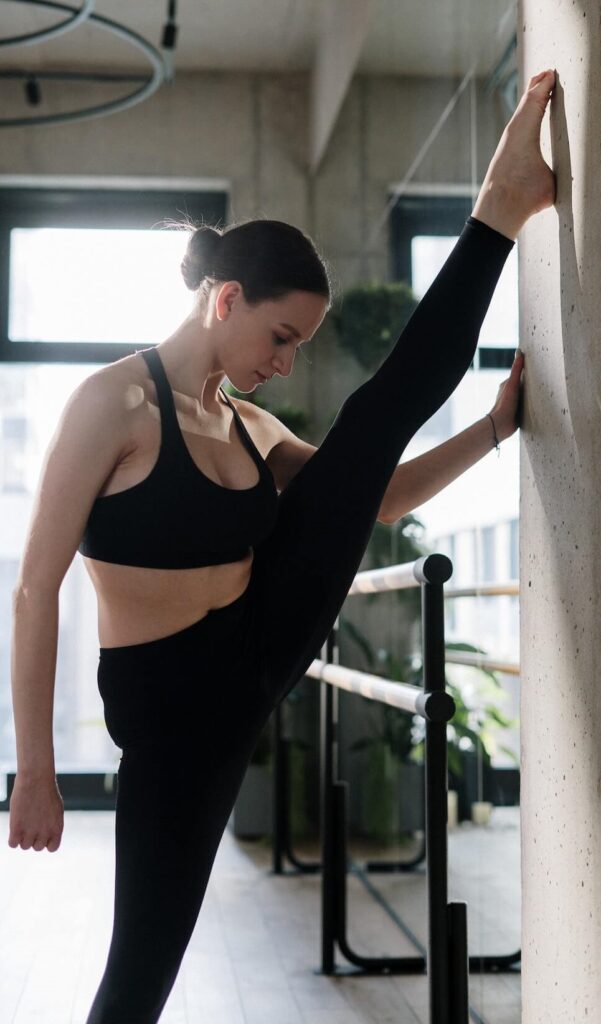
Gymnast beginner workout routine at home
1. Jumps
Jumps are ideal as a beginner gymnastic workout. There are three different jumps you can attempt here. You should ensure you do 10 of each jump.
- Tuck Jump: Try to bring your knees up to your chest during the tuck jump.
- Straddle jump: Keep your legs straight, and your toes pointed during the straddle jump.
- Split jump: Keep your legs straight, and your toes pointed during the split jump.
2. Split leap
You should repeat 10 of each of the splits.
Take a few steps and split leap.
See how wide your legs can split while keeping your legs straight and your toes pointed.
Your legs should split evenly on both sides.
3. Forward roll
Begin and end in a stretched, straight-leg stand position.
Ensure that your legs are squeezed together the entire time.
You should do 5 rolls each.
4. Backward Roll
Begin and end in a stretched, straight-leg stand position.
Ensure that your legs are squeezed together the entire time.
In the middle of the roll, make sure your hands are pushing against the floor.
You should do 5 of each of the rolls.
5. Cartwheel
While we are talking gymnastic exercises, we need to include cartwheels in our training. Begin in a lunge, cartwheel, and try to land facing the opposite direction you began in a lunge.
Maintain straight legs and pointed toes.
You should do 20 of these cartwheels.
If the beginner floor workout plan appears to be far too easy for you, and you regularly practice far more advanced skills at the gym, the intermediate workout plan may be for you.
Gymnast Intermediate workout routine at home
1. Jumps (15 of each jump)
Split jump: Keep your legs straight, toes pointed, and split your legs evenly when performing the split jump.
Straddle jump: In the straddle jump, keep your legs straight and your toes pointed — try to separate your legs. 120°
Maintain a tight grip on your body in the 12 Turn.
2. Split leap (10)
Take a few steps and split leap.
See how wide your legs can split (aim for 120°) while keeping your legs straight and toes pointed.
Your legs should split evenly on both sides.
3. ½ Turn on Toe (10)
Make absolutely sure you’re in a tight-body position with high relevé.
4. Aerial or Aerial Drills (10)
If you can perform an aerial, try it with straight legs and pointed feet.
Otherwise, work on mountain climber-needle kicks or cartwheels with sliders.
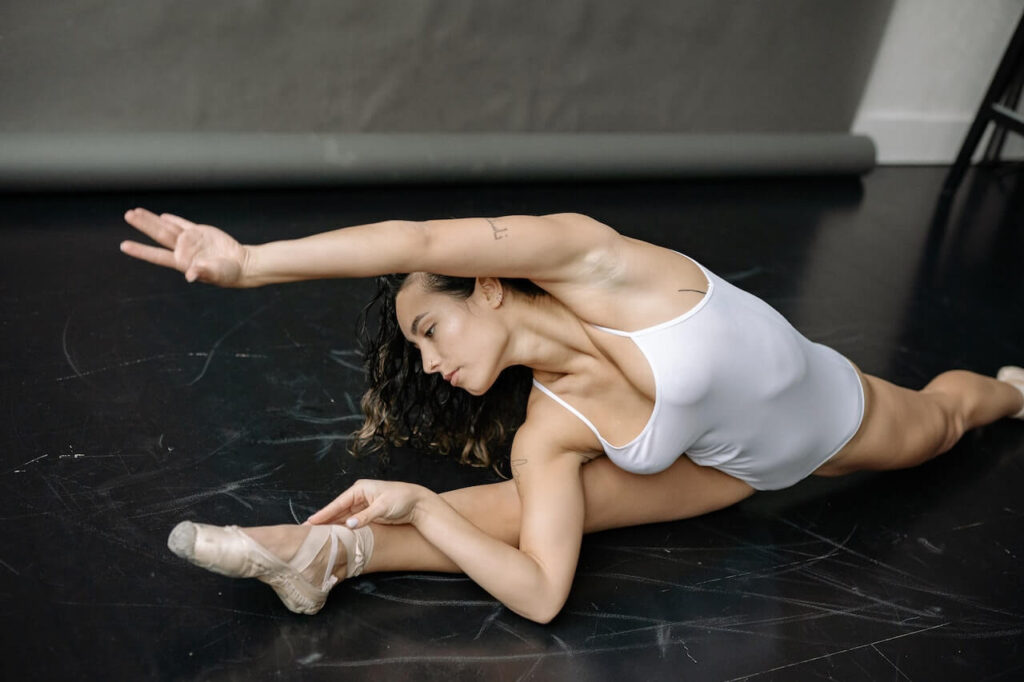
5. Handstand Snap-Down Drills off Panel Mat (10)
Handstand snap-down drills are useful for practicing back handsprings, and they are also beneficial to practice once you have mastered the back handspring.
If the intermediate floor workout plan appears to be far too easy for you, and you regularly practice far more advanced skills at the gym, the advanced workout plan may be for you.
Gymnast advanced workout routine at home
1. Jumps (20 of each jump)
You can perform these jumps: 1/1 Turn, Pike, Straddle, and Split.
Maintain a tight grip on your body during the 1/1 turn and land facing the same direction you started.
Keep your legs together, and your toes pointed during the pike jump, and try to get your legs up to horizontal.
During the straddle jump, keep your legs straight, and your toes pointed — try to split your legs 180° and up to horizontal.
Keep your legs straight, toes pointed and split your legs evenly when performing the split jump.
2. Leaps (15 Split Leaps, 10 Switch Leaps, 15 Forward Kicks, and 15 Backward Kicks)
Step, chassé, and split leap
Attempt to achieve a 180° split while keeping your legs straight, toes pointed, and legs evenly split on both sides.
Perform forward and back kicks with your legs straight to increase the range of motion in your split leap.
3. 1/1 Turn on Toe (15)
Check that your legs are pressed together, that your bottom is compressed, and that your toes are pointed.
4. Handstands with Handstand Homework Mat or against the wall (5 Handstands hold for 60 seconds each)
Check that your legs are squeezed together, your bottom is squeezed, and your toes are pointed.
5. Press Handstands (10 press handstands and 10 handstands lower into a straddle)
The straddle press handstand, as well as the handstand lower into a straddle, should both be practiced regularly.
Be sure that you are keeping control of the situation while also adopting a compact body position.
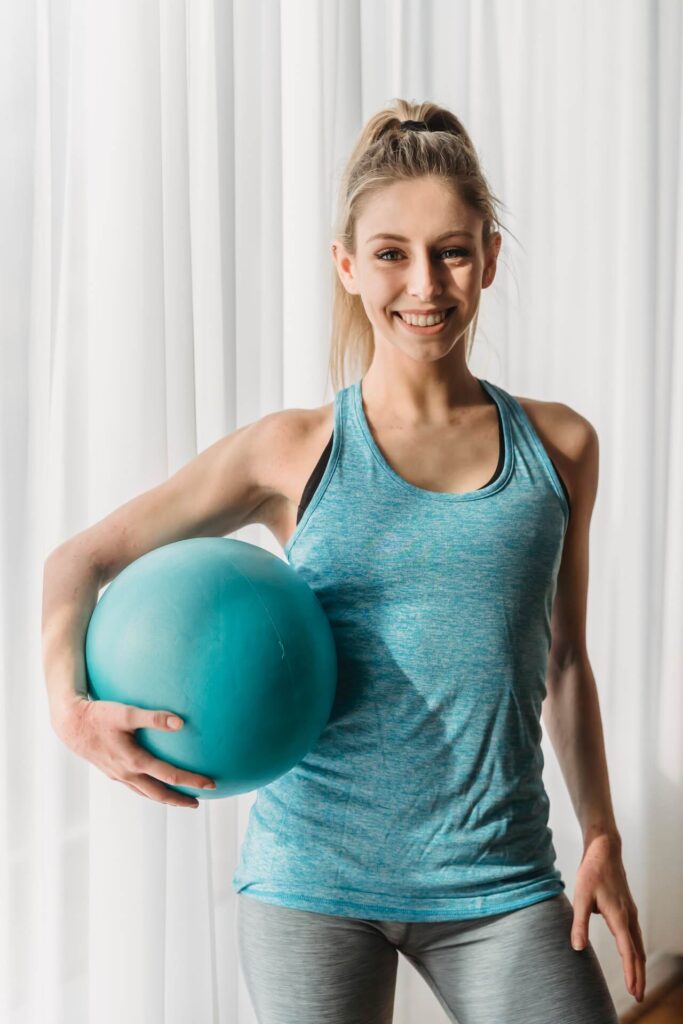
Extreme gymnastics exercises for flexibility
Flexibility is built over time by following small steps like stretching your body and taking time to perfect a handstand or cartwheel. When it comes to exercises for gymnasts flexibility plays a key role in avoiding injuries, working at an optimum level and overall having a positive experience while exercising.
Here are 5 exercises that will help improve your flexibility.
1. Pike stretch
One of the best gymnastics exercises at home is the pike stretch, this exercise is excellent for increasing upper body flexibility. It also stretches your hamstring muscles, which improves hip mobility and knee stability.
To be able to do these, follow this procedure:
- Sit down on the floor.
- Keep your back straight and shoulders relaxed.
- Extend your legs straight in front of you.
- Put your hands up straight in line with your shoulders.
- Slowly bend your upper body forwards until the tip of your fingers touch your toes.
- Your back should still be straight.
- Hold this position for a few seconds.
- Slowly bring your upper body back up.
- Repeat thrice.
2. The straddle sit
The straddle sit is excellent for strengthening the inner thigh muscles, which are frequently used during exercise. It’s also a prerequisite for achieving a full split.
Follow these steps to effectively perform this move.
- Sit down on the floor.
- Keep your back straight and shoulders relaxed.
- Extend your legs straight in front of you.
- Stretch your legs out sideways as much as you can.
- Keep your feet flexed while doing this to avoid knee injuries.
- Put your hands up straight in line with your shoulders.
- Slowly bend your upper body forwards to go as close to the floor as possible without arching your back.
- Maintain this posture for a few seconds before reversing your position.
- Repeat thrice.
3. The butterfly sit
The butterfly sit simultaneously stretches your quadriceps and inner thighs. It also increases the hip range of motion.
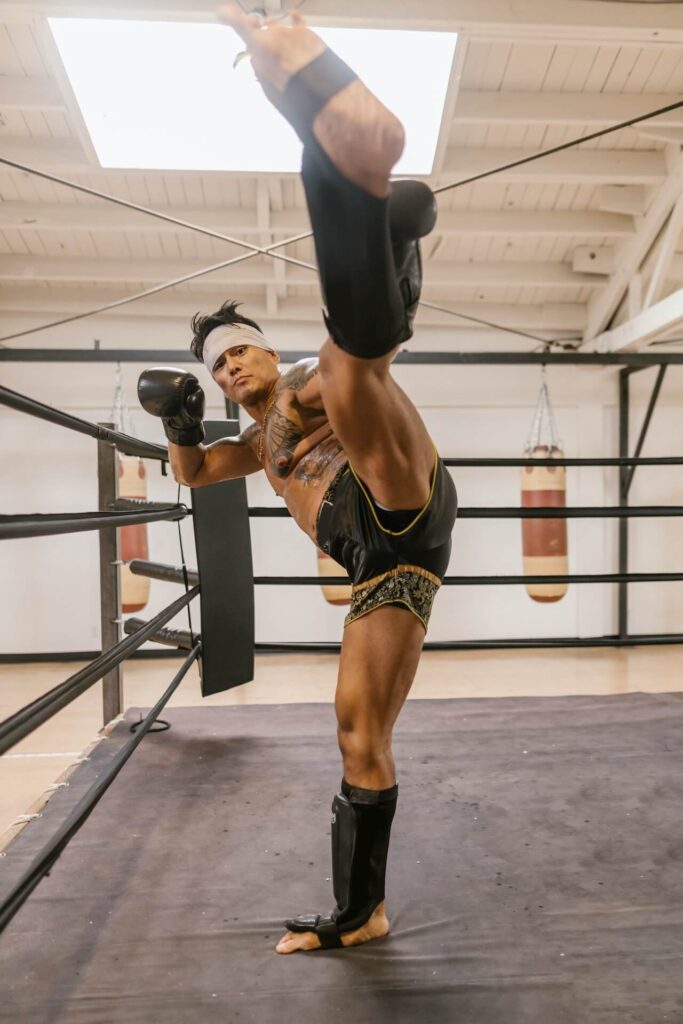
Follow these steps to effectively perform this move.
- Sit down on the floor.
- Keep your back straight and shoulders relaxed.
- Make a diamond with your legs, with the soles of your feet touching each other at some distance in front of you.
- Place your palms on the respective knees.
- Gently press your knees down to get them to be as close to the floor as possible.
4. Wall splits
If you’ve been trying and failing to do a full split, wall splits can be a great practice to help you get there. They stretch the hamstrings and hips, allowing your legs to spread out wider.
Follow these steps to effectively perform this move.
- Lay down on your back with your feet flat against an adjacent wall.
- Keep your knees locked and feet flexed.
- Spread your legs out sideways as much as you can.
- Try to push your legs down a little more than their normal range of motion.
- Maintain this position for as long as you can.
5. The candlestick
The candlestick aids in the development of incredible back strength, which is essential for gymnasts who must perform backflips and front flips on a regular basis. This is one of the best gymnasts conditioning exercises.
Follow these steps to effectively perform this move.
- Lie down on your back.
- Keep your legs straight and joined together.
- Lock your knees.
- Keep your arms straight and place them close to your body.
- Slowly raise both your legs off the floor without bending your knees.
- Now, lift your seat muscles off the floor with the support of your palms.
- Get your spine, glutes, and legs to be in one line.
- Maintain this position for a few seconds and release.
- Repeat three times.
Bottom Line
Gymnastics exercises at home are simple to do and will get your energy up in no time. It will help you lose weight, build muscles, build your immune system, and overall improve your way of life. Gymnastics exercises can be a great way to stay fit and healthy from the comfort of your own home. Doing gymnastics exercises at home can be a fun and effective way to stay in shape and improve your physical fitness.
With the right knowledge, equipment, and guidance, you can do gymnastics exercises safely and effectively.
In this blog post, I have shared some tips on how to do gymnastics exercises at home effectively. I hope these pointers help you make the most of your workout sessions and reach your fitness goals faster! And next time you are at your local gym, have fun!

